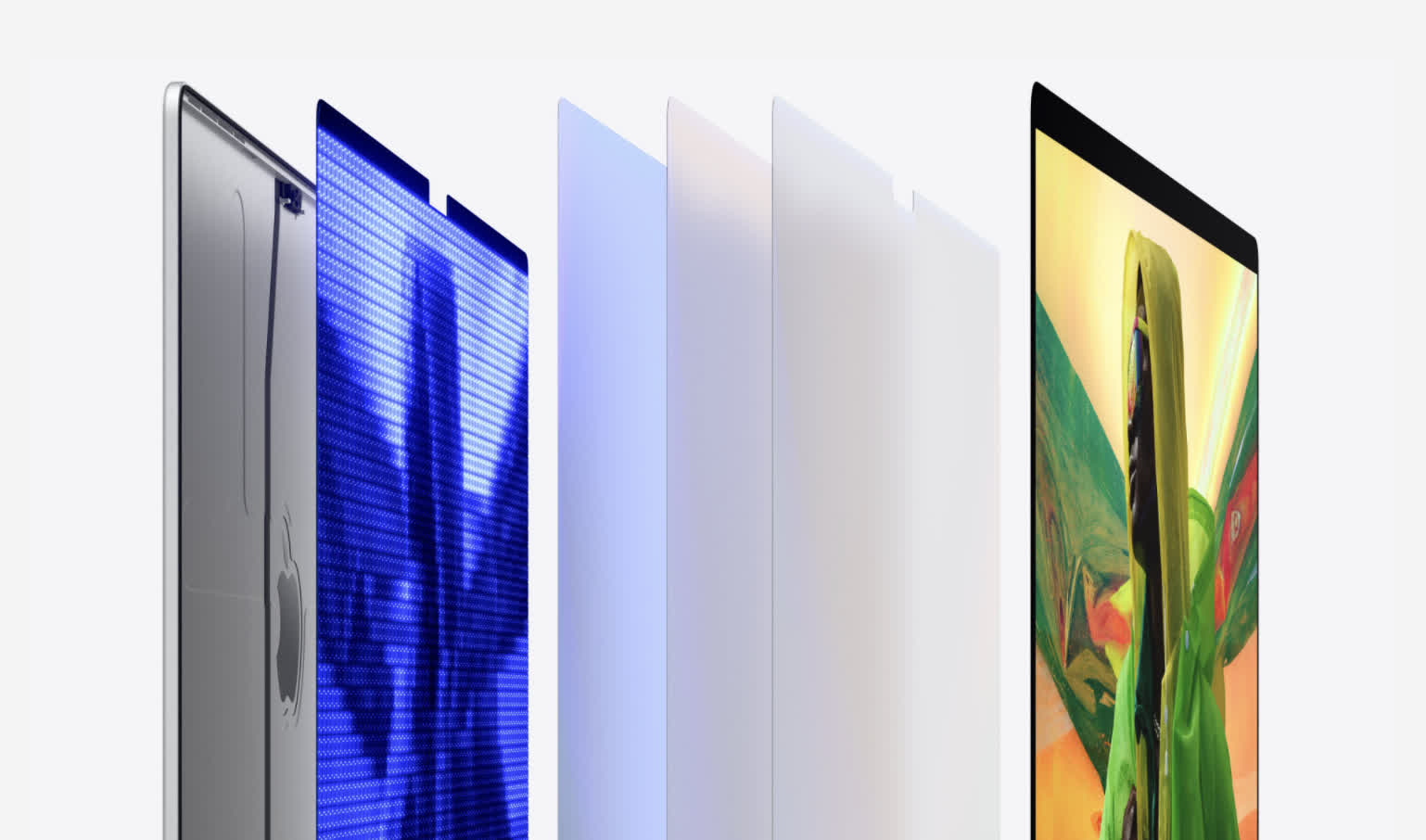While the M1 Max MacBook Pro is remarkable in a lot of ways, including noiseless operation and a chassis that remains astonishingly cool even when performing demanding tasks, apps that open with lightning rapidity and blazingly quick rendering times, its suitability as a video editing workstation leaves a lot to be desired. When editing PQ HDR footage in DaVinci Resolve Studio 17 (while running macOS Monterey), the picture is much more contrasty on our LG OLED 55CX than it appears in the viewer of the NLE, as is the rendered footage. When working in Final Cut Pro, the picture is brighter on the OLED than it appears in the viewer of the NLE, as is the rendered footage. Uploading the clips to YouTube and watching on an iPhone 12 Pro Max only confirmed our observations: there is a mismatch between what the miniLED is displaying when compared to the actual footage. In the past, when grading on an Intel Mac and monitoring with an LG OLED connected via Blackmagic UltraStudio 4K Mini, the picture on the TV looked identical whether working in Resolve or Final Cut. It seems as though the I/o is doing what it’s supposed to do: bypassing macOS color management and faithfully transferring what is in the files to the television set. And we cannot recommend the new MacBook Pros with Apple silicon for HDR color grading.
